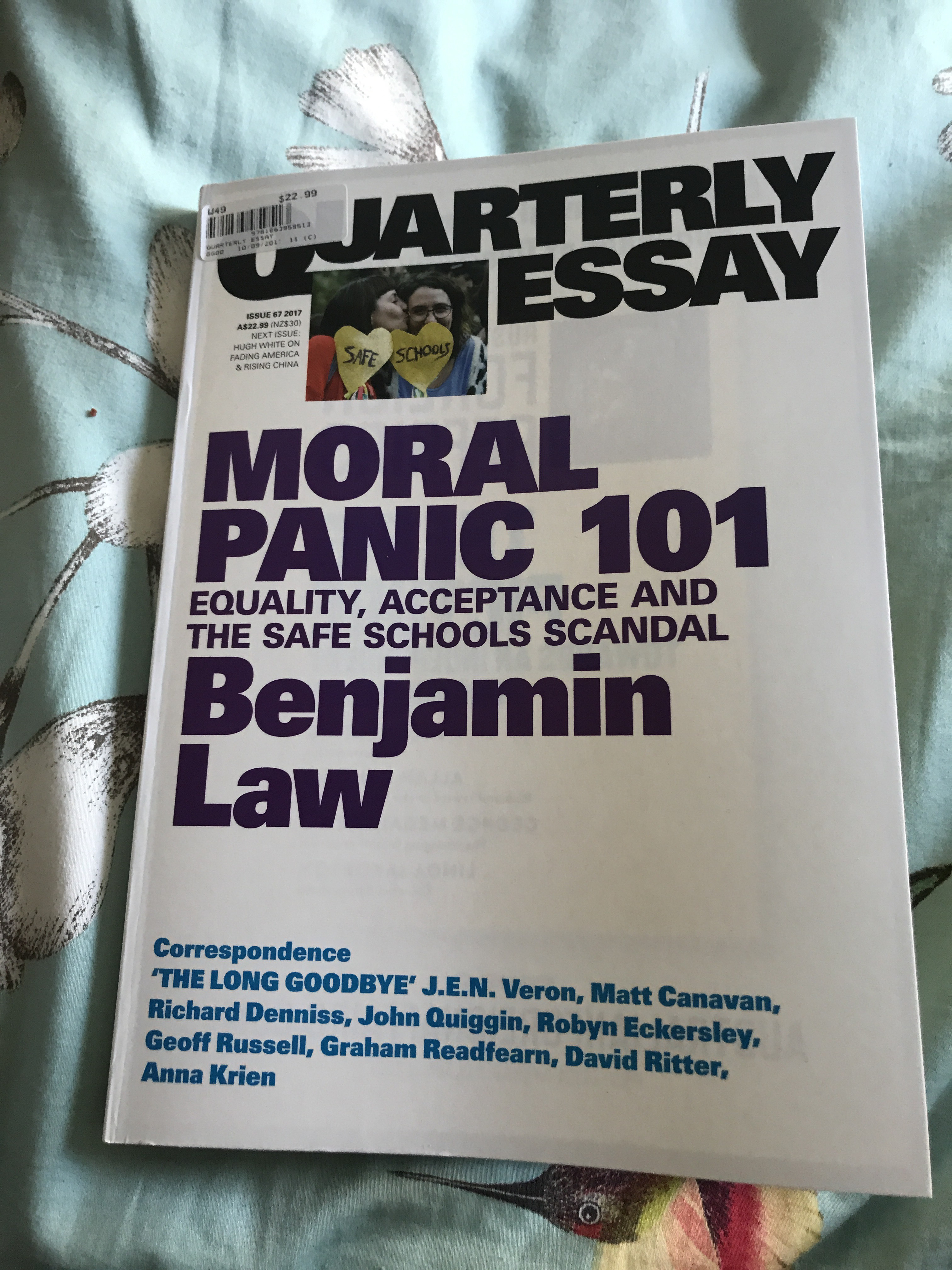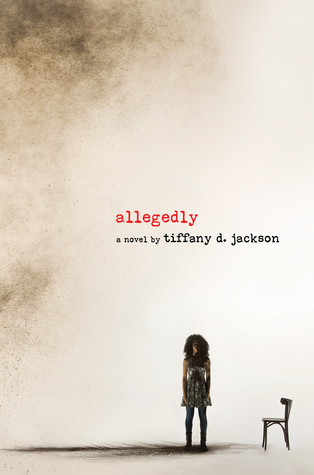Download links for: Sivi vuk: Bekstvo Adolfa Hitlera


Reviews (see all)
Write review
What a load of crap. Tin-foil-hat-wearing conspiracy theory crap-a-roony to be more exact
Well, written book, and fascinating idea.
Odd book about "would e" bKi
Don't waste your time.
Other books by History & Biography
Other books by Simon Dunstan
Related articles












